Rare handwritten manuscripts represent the ultimate treasures in the world of literary collections. Each one carries an irreplaceable connection to history, offering a glimpse into the thoughts and artistry of legendary minds. These documents are more than just texts; they are symbols of cultural heritage. Their value lies not only in their content but also in their rarity and historical significance.
Beowulf Manuscript
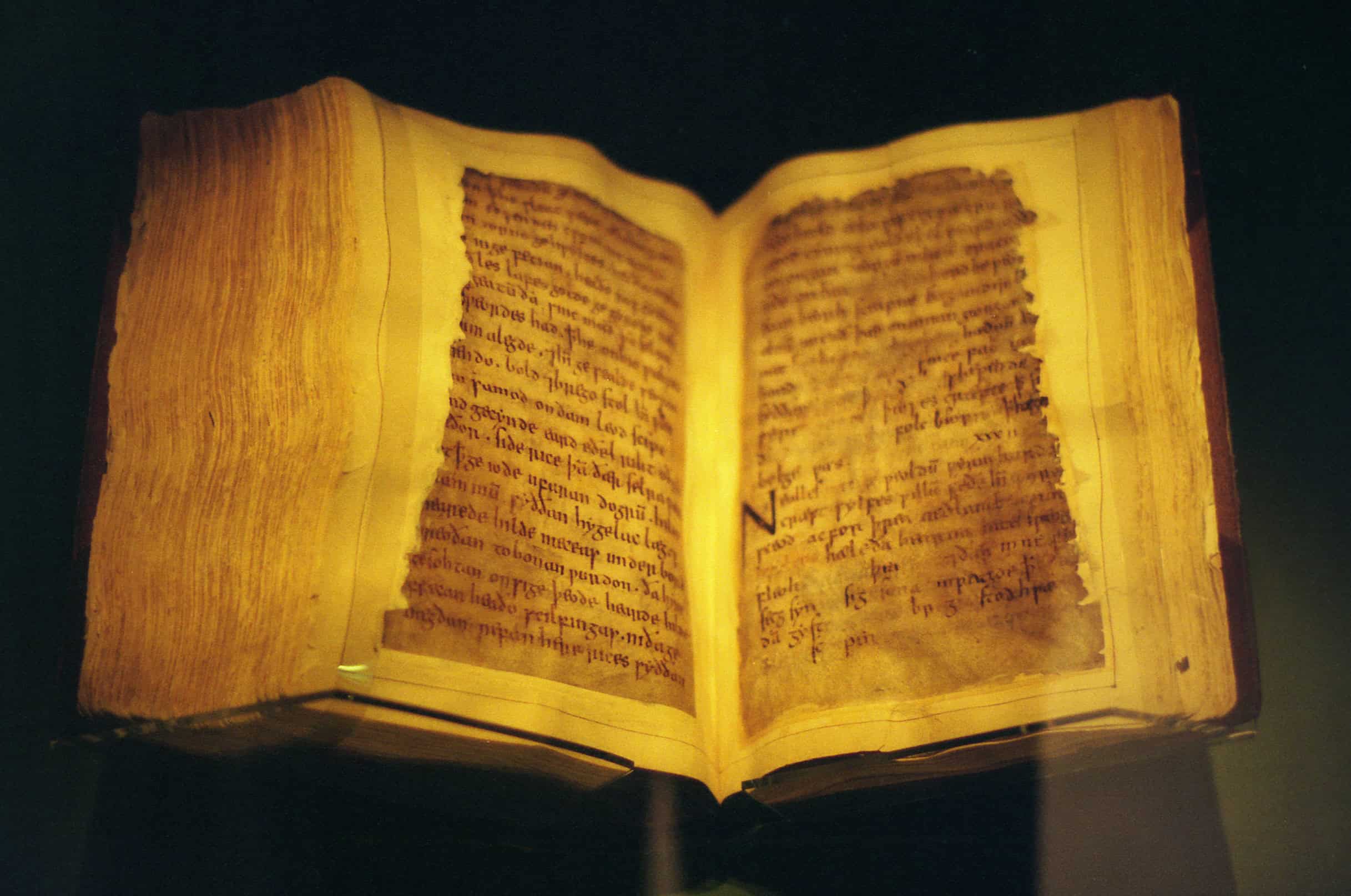
The Beowulf Manuscript is a cornerstone of English literature. Its origins date back to the late 10th or early 11th century. This manuscript is the only surviving source of the epic poem, Beowulf. Its value is immense, as it provides insights into early medieval culture and language. The manuscript is housed in the British Library, where it remains a priceless artifact. Scholars continue to study its verses to understand the roots of English storytelling.
Codex Sinaiticus
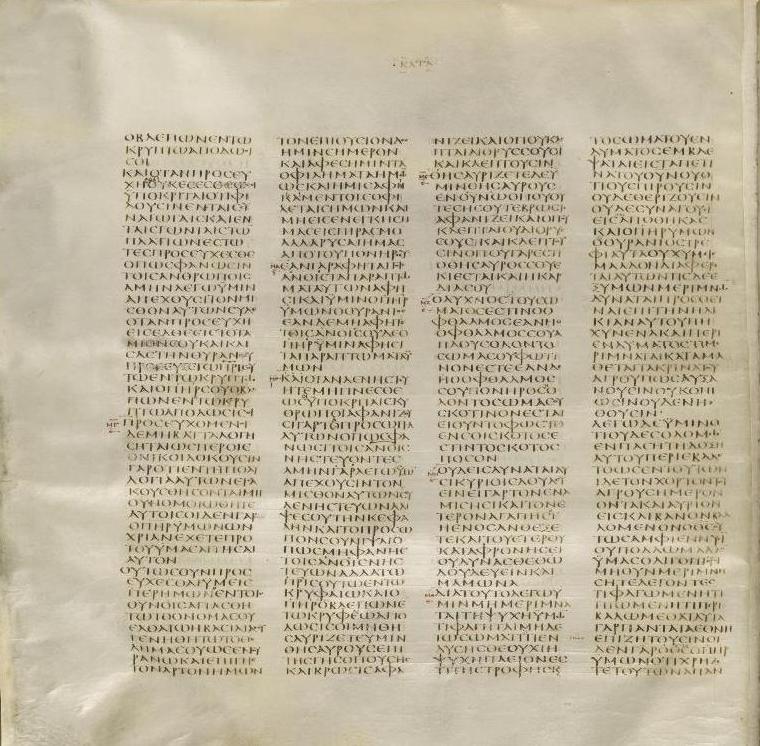
Codex Sinaiticus is one of the oldest and most complete manuscripts of the Bible. Written in Greek, it dates back to the 4th century. This manuscript is a crucial piece of Christian history. It offers a nearly complete version of the Old and New Testaments. The Codex was discovered in St. Catherine’s Monastery at Mount Sinai. Today, it is split between several institutions, including the British Library. Its significance and rarity make it a vital document for biblical scholars.
Magna Carta
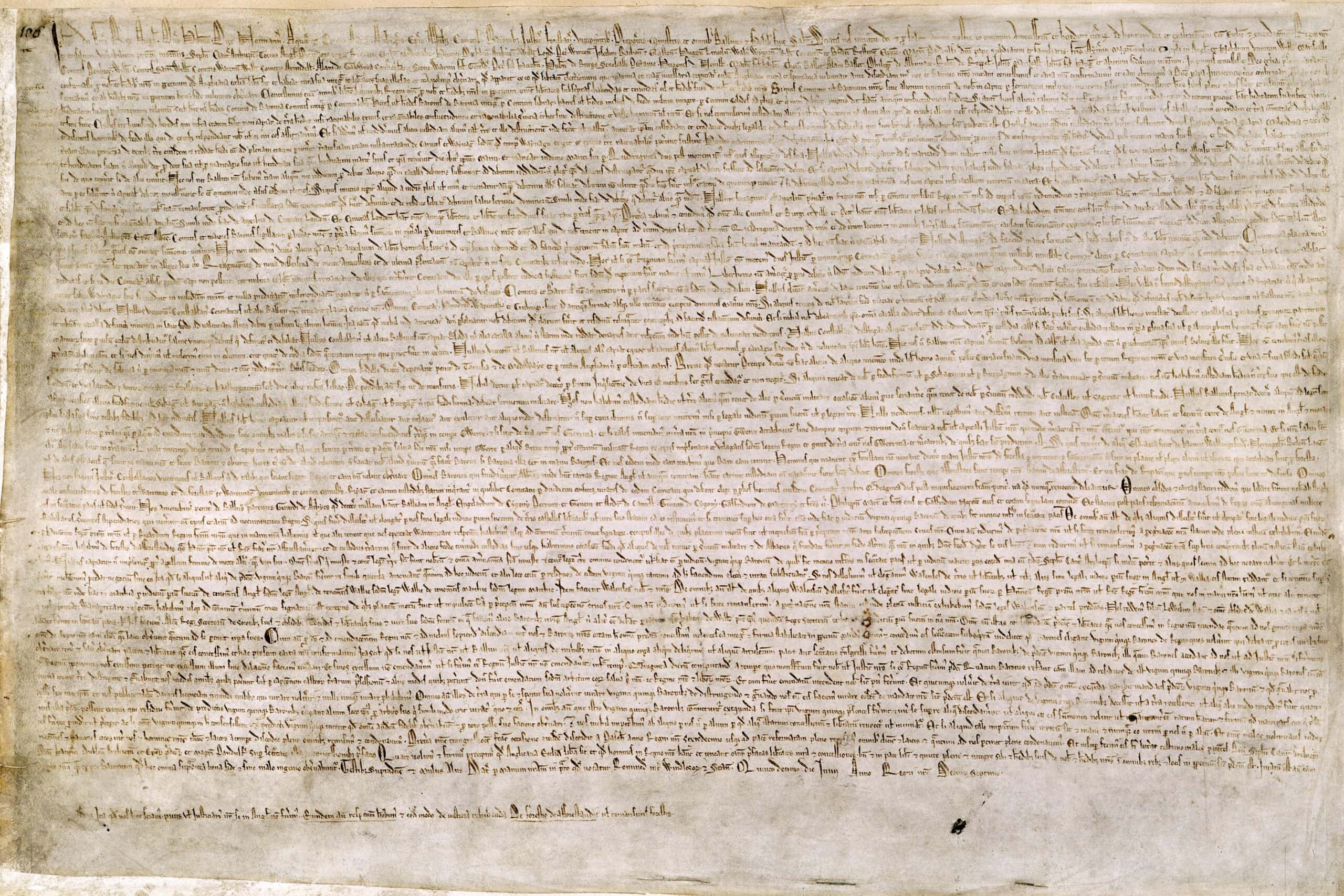
The Magna Carta, signed in 1215, is a foundational document in English law and governance. This manuscript represents the first time that the monarchy’s power was legally limited. Its influence extends to modern legal systems around the world. Several original copies exist, but all are highly valued. The most well-known version resides in the British Library. Collectors and historians see the Magna Carta as a symbol of justice and the rule of law.
Leonardo da Vinci’s Codex Leicester
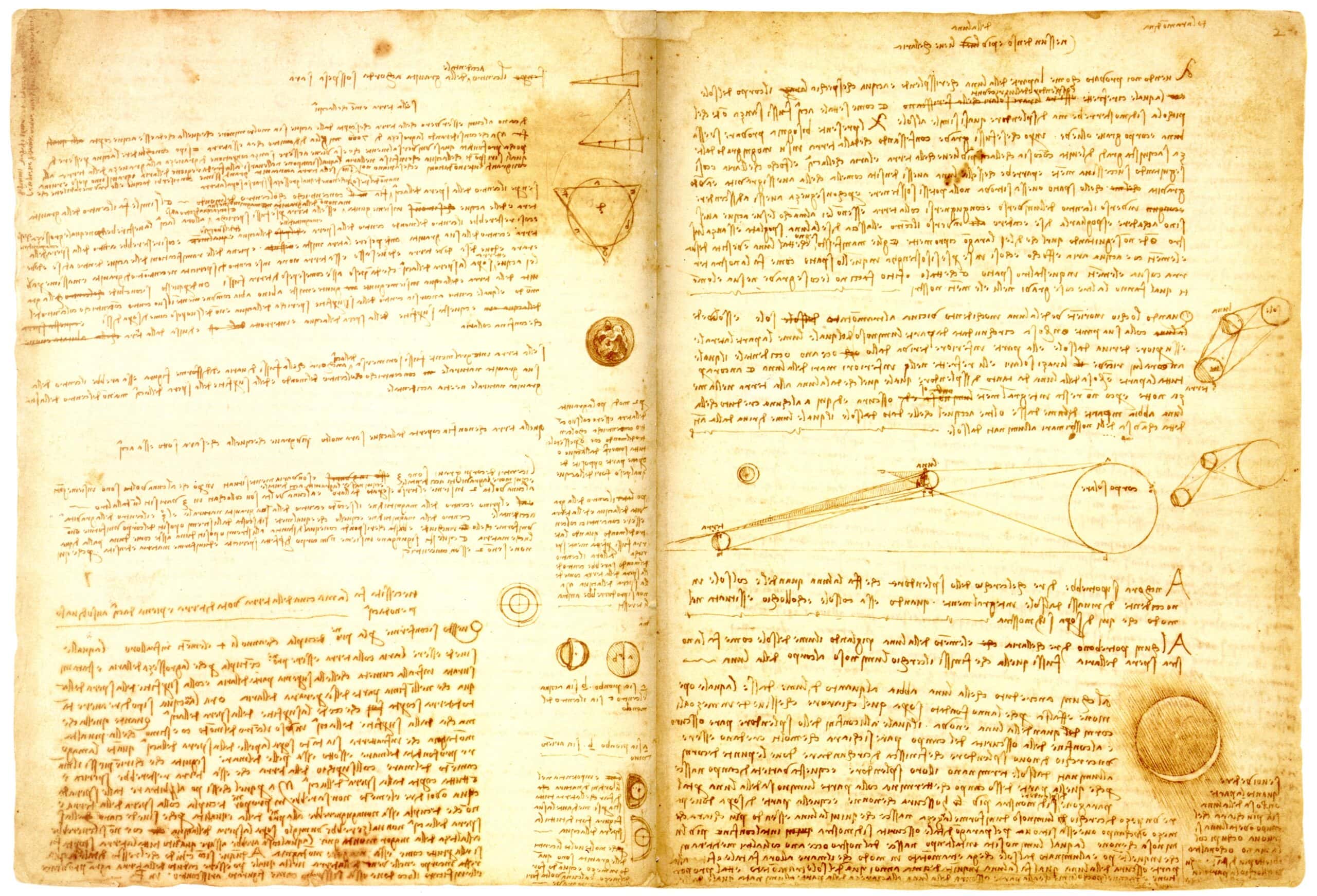
Leonardo da Vinci’s Codex Leicester is a scientific journal unlike any other. Written in the early 16th century, it showcases da Vinci’s genius through sketches and observations. The Codex covers topics from water movement to the luminosity of the moon. It is one of the few manuscripts by da Vinci that remain in private hands. In 1994, Bill Gates purchased it for $30.8 million. The Codex Leicester is a masterpiece that combines art and science.
Dead Sea Scrolls
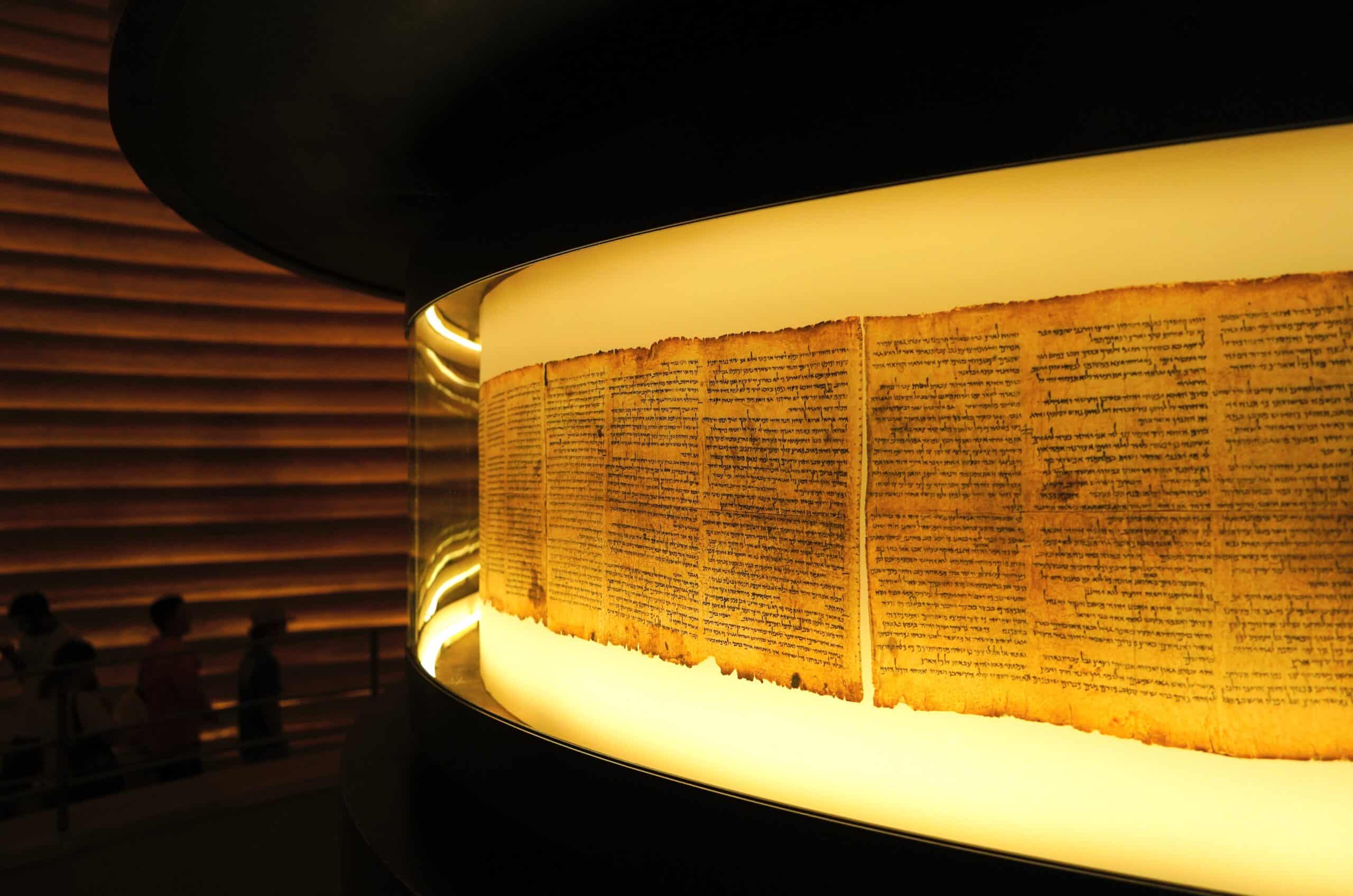
The Dead Sea Scrolls are a collection of ancient Jewish manuscripts. Discovered between 1947 and 1956, they date back to the last three centuries BCE. These scrolls include some of the earliest known texts of the Hebrew Bible. They were found in caves near the Dead Sea, hence their name. The scrolls have provided invaluable insights into the religious practices of the time. Their discovery is considered one of the greatest archaeological finds of the 20th century.
The Book of Kells
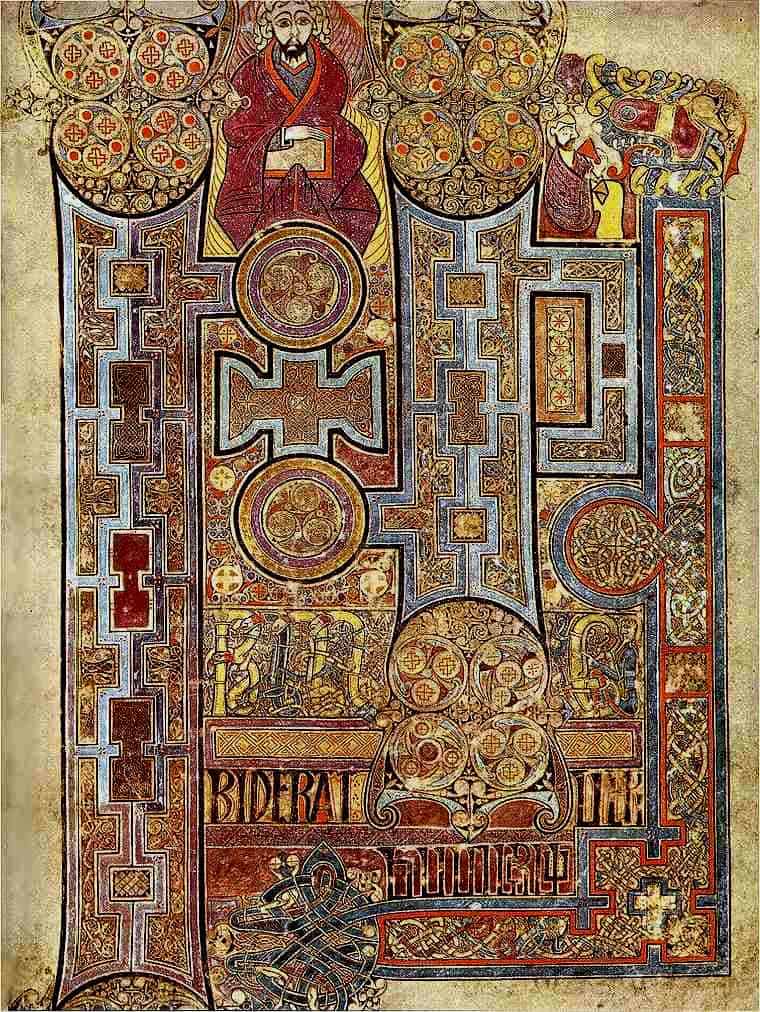
The Book of Kells is an illuminated manuscript of the Gospels. Created around 800 AD, it is a stunning example of medieval art. The manuscript is famous for its intricate designs and vibrant colors. It represents the pinnacle of Insular art, a style that developed in the British Isles. The Book of Kells is housed at Trinity College, Dublin. Its beauty and craftsmanship make it one of the most important cultural artifacts from the early medieval period.
The Canterbury Tales by Geoffrey Chaucer
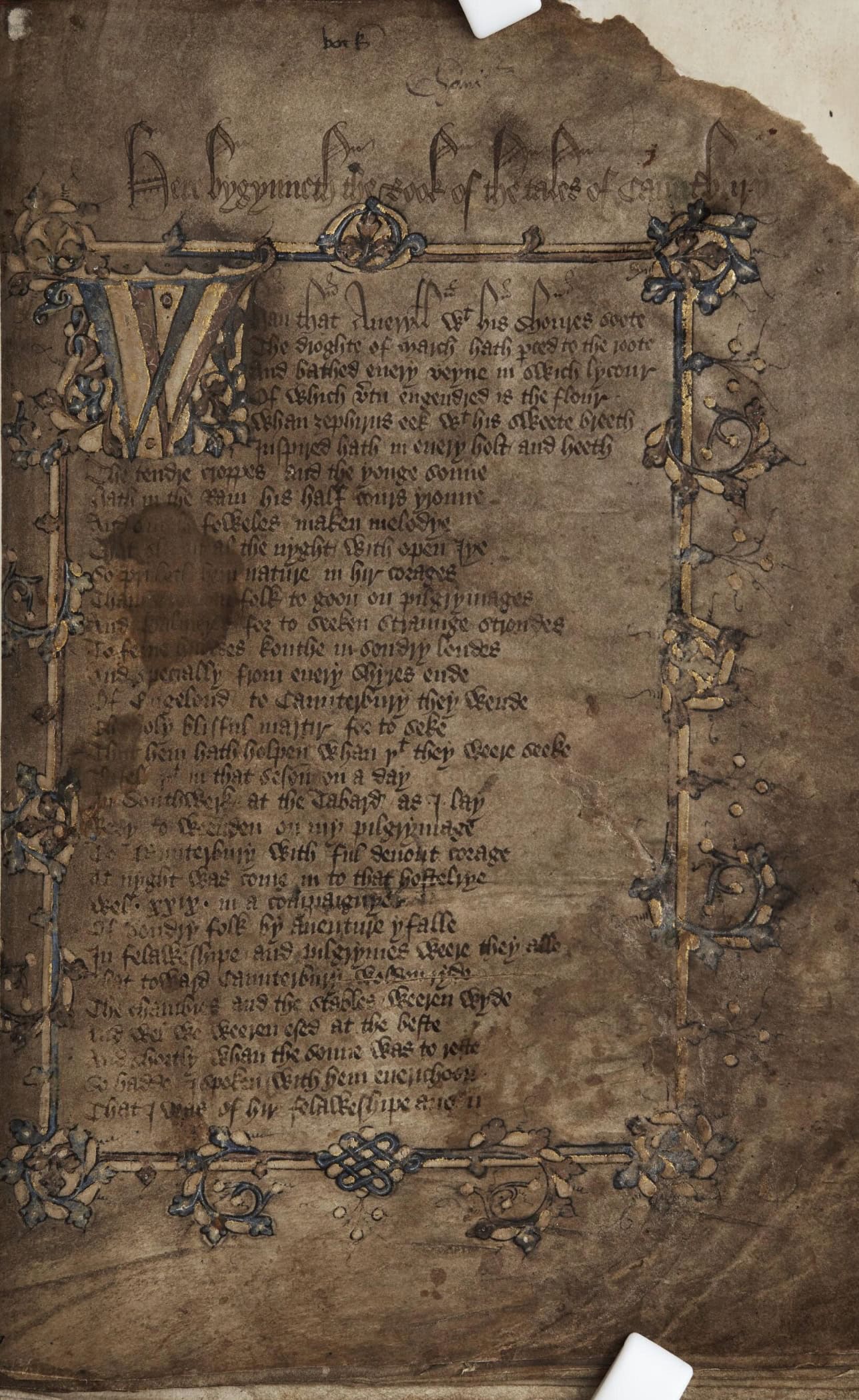
The Canterbury Tales by Geoffrey Chaucer is a foundational work of English literature. This manuscript, dating back to the late 14th century, contains a series of stories told by pilgrims on their way to Canterbury. Each tale reflects different aspects of medieval society. The manuscript’s value is immense due to its cultural and literary significance. It provides a vivid portrait of life in Chaucer’s time. Scholars and collectors regard it as one of the most important works in the English literary canon.
The St. Cuthbert Gospel
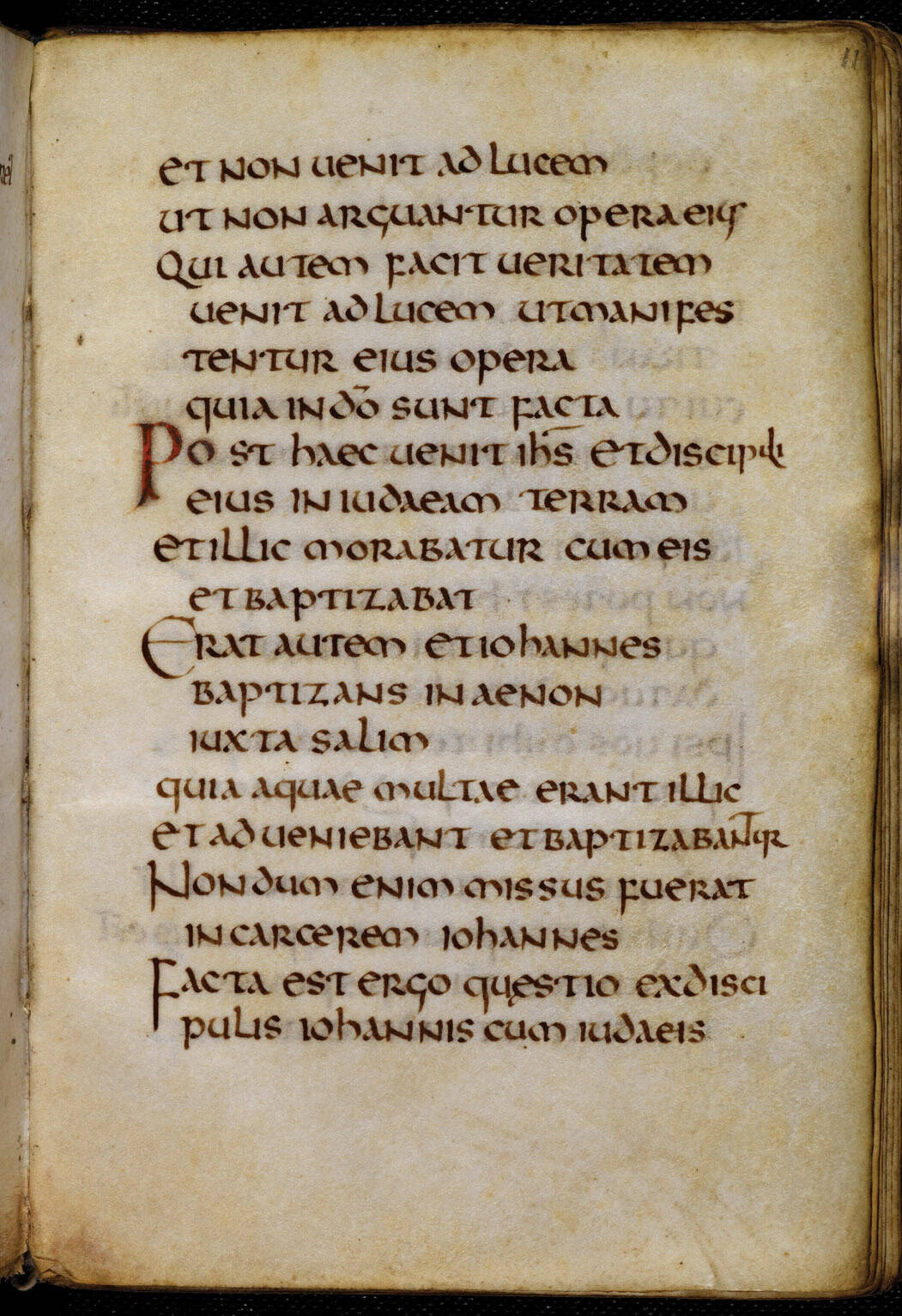
The St. Cuthbert Gospel is the oldest intact European book. Created in the 7th century, it is a small Latin gospel book placed in St. Cuthbert’s coffin. The manuscript is incredibly well-preserved, with its original leather binding still intact. Its value lies in its rarity and historical importance. The St. Cuthbert Gospel offers a glimpse into early medieval Christian practices. It is a revered relic, now housed in the British Library, representing a significant piece of religious history.
The Diary of Anne Frank
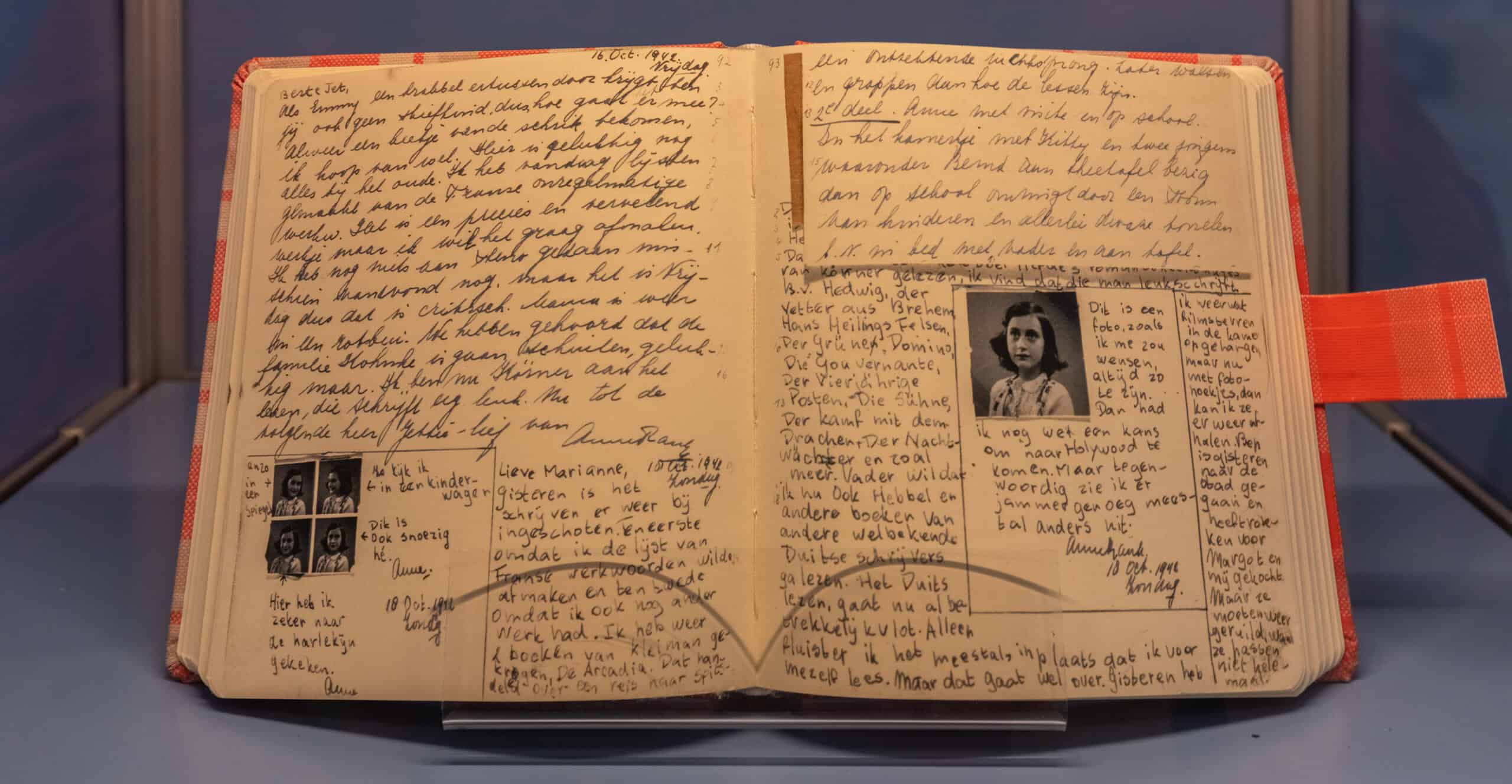
The Diary of Anne Frank is a powerful and poignant manuscript. Written during World War II, it documents the thoughts and experiences of a young Jewish girl hiding from the Nazis. The manuscript offers a personal perspective on the horrors of the Holocaust. Its value is immense, both as a historical document and as a symbol of resilience and hope. The diary has been translated into numerous languages, touching millions of readers worldwide. It remains one of the most important literary works of the 20th century.
The Book of Hours of Jeanne d’Evreux
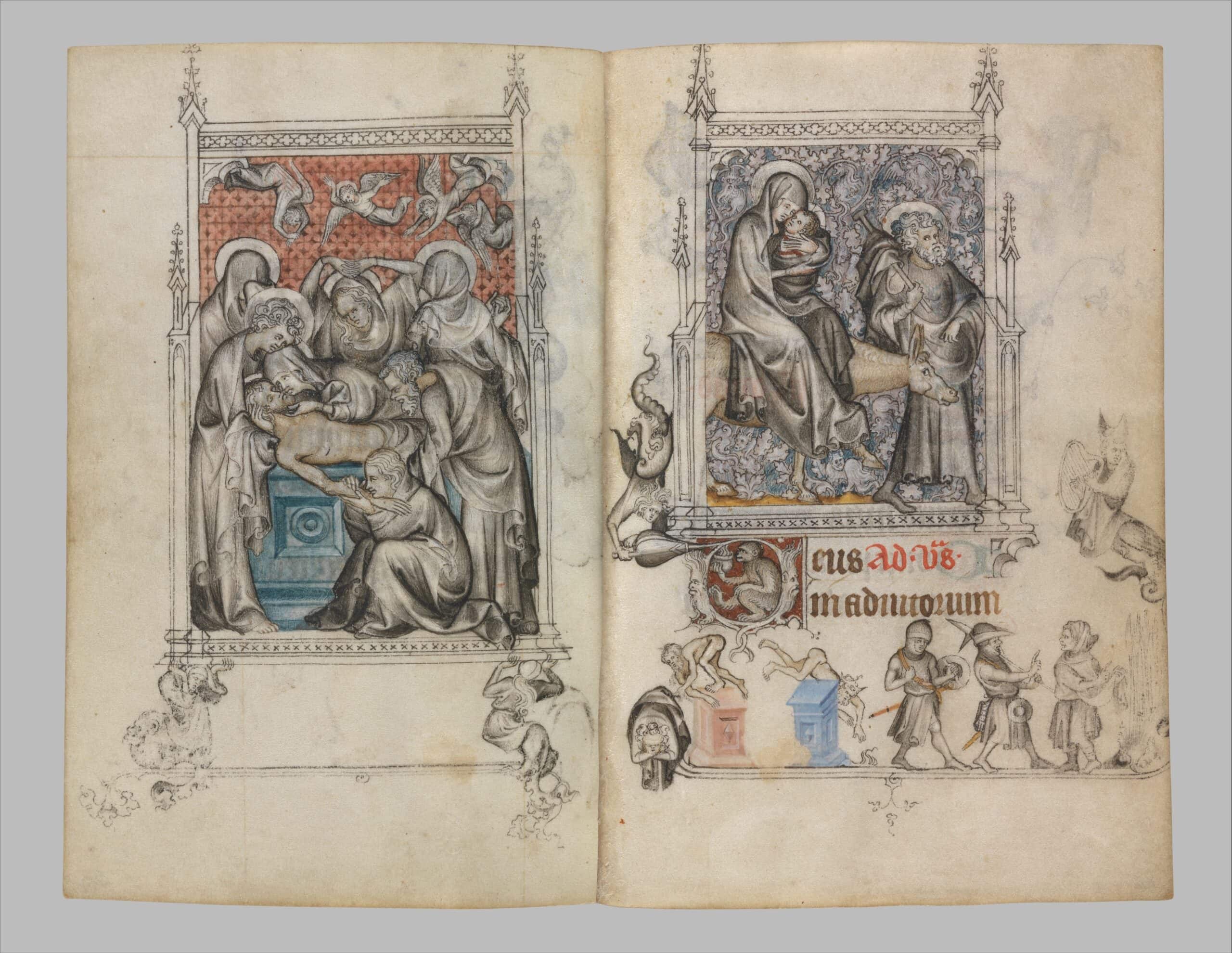
The Book of Hours of Jeanne d’Evreux is a stunning example of medieval art. Created in the early 14th century, it was a personal prayer book for Jeanne d’Evreux, Queen of France. The manuscript is richly illuminated with intricate designs and vibrant colors. Its value is immense due to its artistic and historical significance. The Book of Hours represents the height of Gothic manuscript illumination. It is housed in The Cloisters at the Metropolitan Museum of Art, where it remains a testament to the craftsmanship of the medieval period.
This article originally appeared on Rarest.org.
More from Rarest.org
1939 Liberty Half Dollar Value Guide
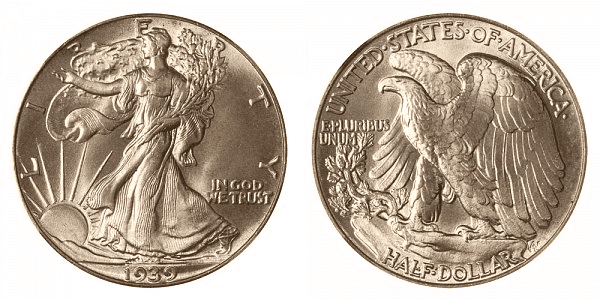
The Adolph A. Weinman design was chosen in 1916 to replace the Barber design, which had been used since 1892, as the new half-dollar motif. Read More.
1940 Mercury Dime Value Guide
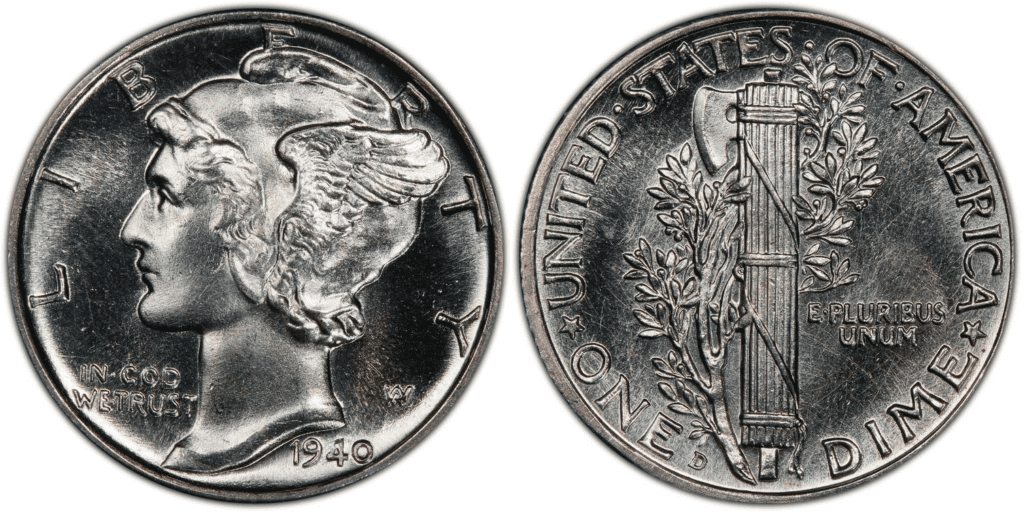
The Mercury dime is among the most popular coins ever produced by the US Mint. It was issued from 1916 to 1945. Read More.
16 Most Coveted Species for Wildlife Photography

Wildlife photography is an art that captures the essence of nature’s most magnificent creatures. Some species are more sought after than others due to their elusive nature, striking appearance, or unique habitats. Read More.
